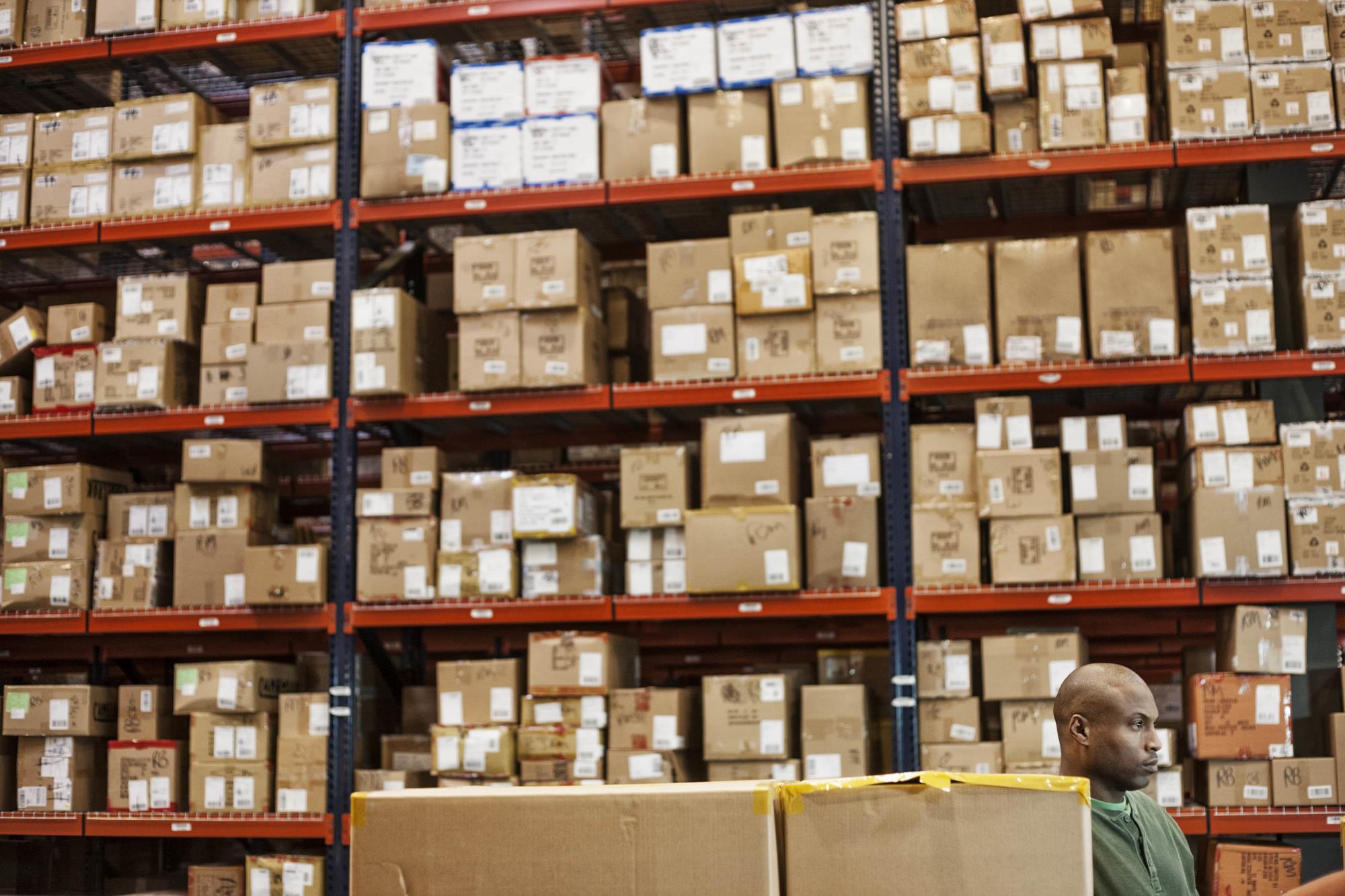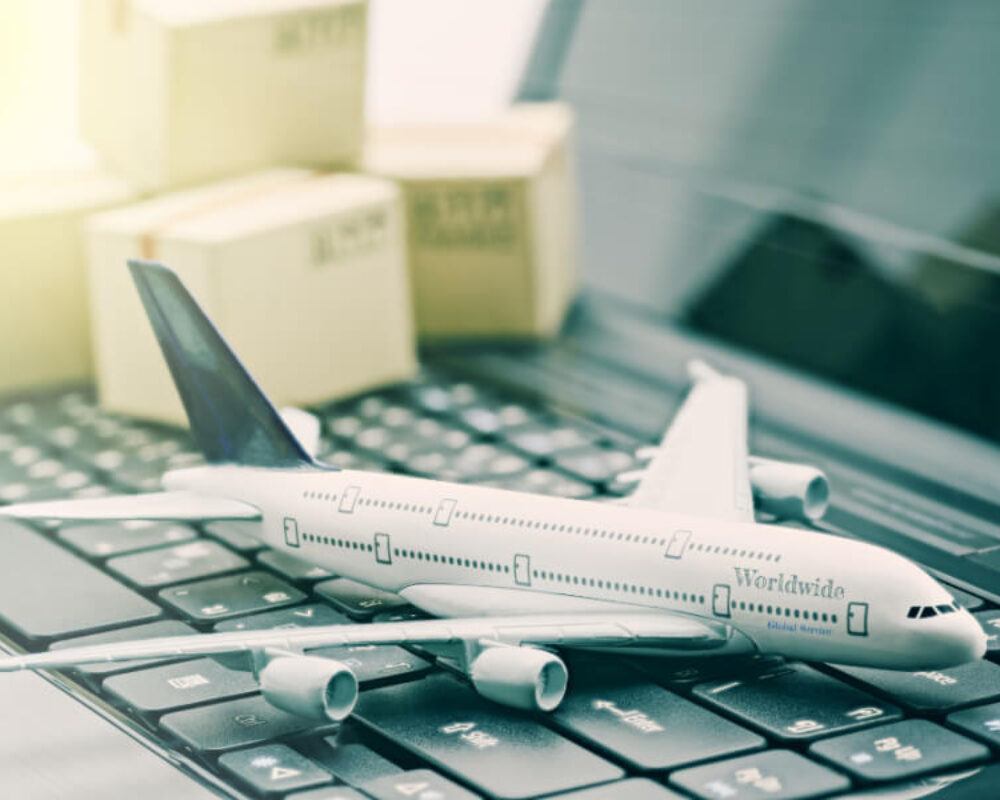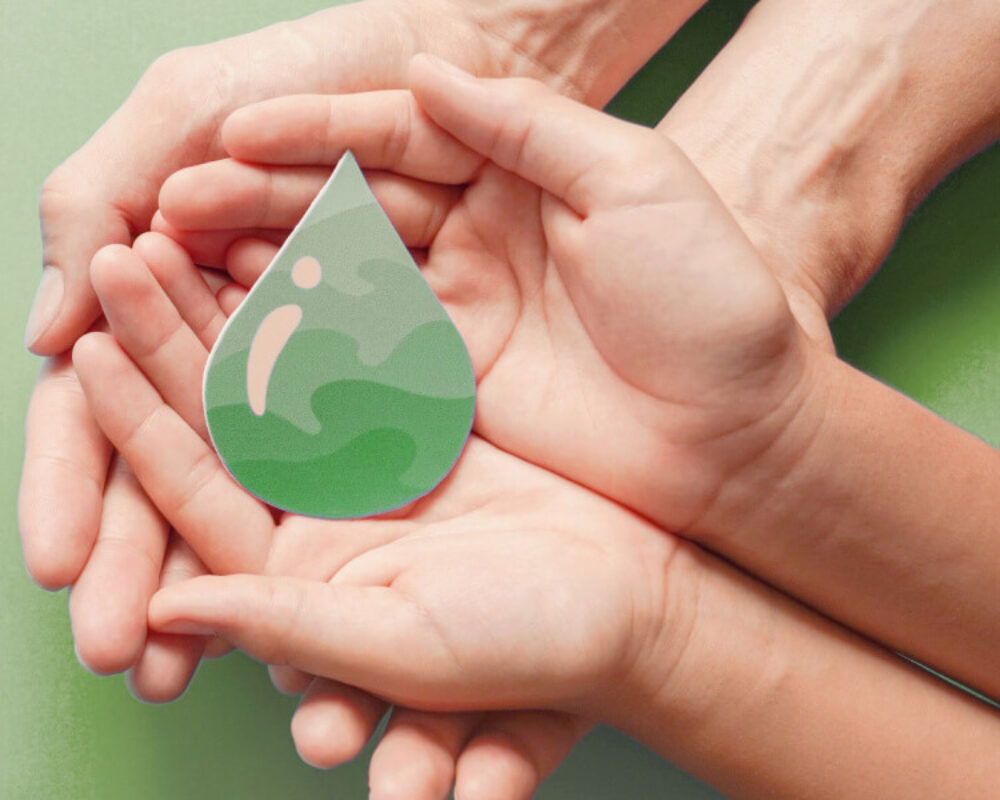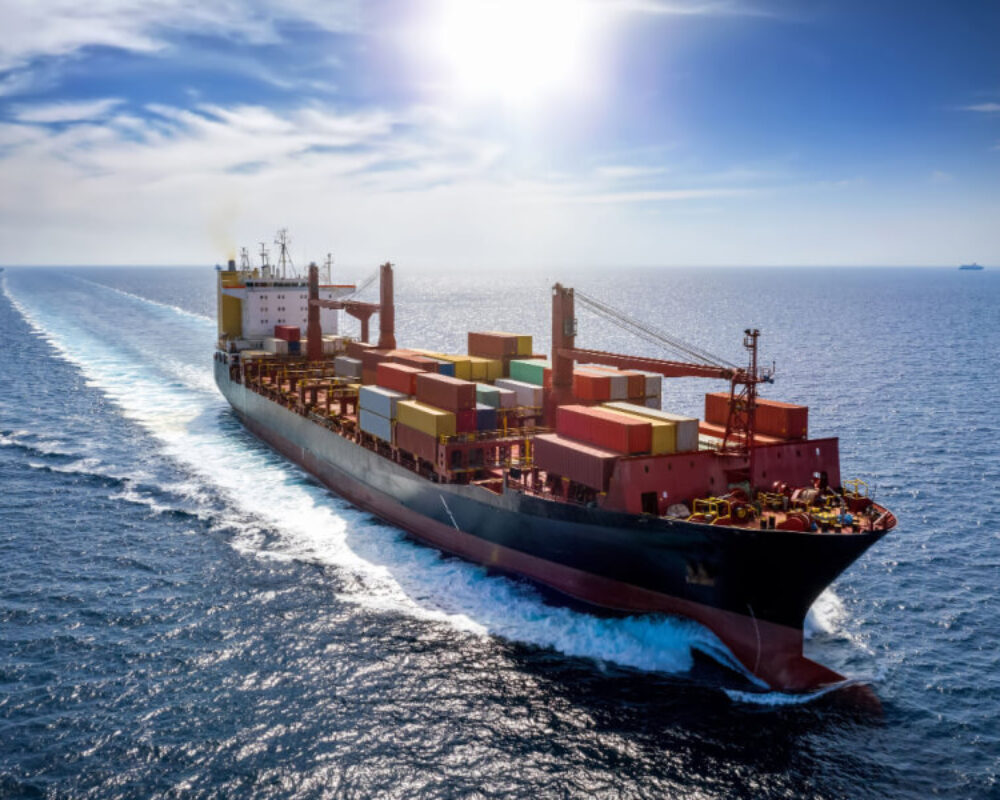A Comprehensive Guide for Importers
For importers that are looking to the sea to be the road that their imports arrive by, knowing what to expect, what to do, and who to speak to, is only the tip of the iceberg. It may seem daunting at first. But we have you covered.
This blog will reveal how to navigate sea freight: A comprehensive guide for importers.
Radius Warehouse and Logistics is here to provide you with all the information you need when it comes to the multiple areas of logistics that we provide. Operating from the South West of England for over 20 years, our experience and service is here for anyone who needs it.
The basics of sea freight
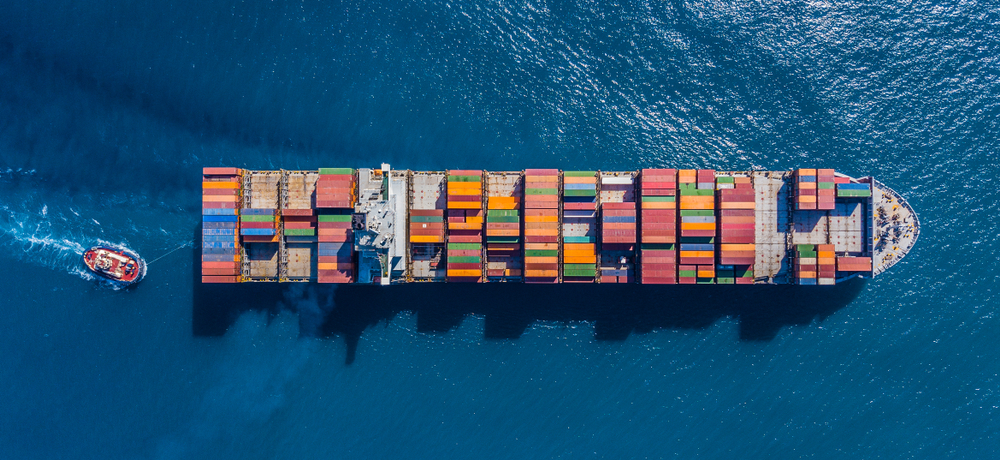
Sea freight is an established method of transporting a large amount of goods using a cargo ship. A cargo ship is a ship designed to hold a large volume of goods that are usually packed into shipping containers, which the transported goods are first loaded into before the container is placed onto the ship.
Standard cargo ships have the capacity to transport roughly eighteen thousand shipping containers at one time. This not only gives an insight into the scope and sheer size of these ships, but the amount of cargo it can easily transport.
As a result, sea freight can be a cost-effective method for you to transport a large volume of goods, over a larger distance.
It can be argued that sea freight is a longer process, which it definitely is compared to air bound travel, but we believe if you plan accordingly, the difference in time won’t be an issue.
How is cargo transported on a sea freight?
Regarding the cargo of the sea freight, it can be transported in a few ways.
- A full container load (FCL). This is where you purchase one or more full containers containing your goods, to send onto the sea freight.
- A less than container load. (LCL). A handy option for those who may not have a full container’s worth of goods to transport, as a result those who opt for this option will have their goods in the same container as someone else with an LCL. Upon arrival, the contents will be separated once again accordingly.
- Roll on, Roll off (RORO) This method involves the vehicle that the products arrived with, coming onto the cargo ship, joining the journey, and then leaving upon arrival. The goods do not leave the vehicle up until they have reached their destination.
- Dry bulk shipping, this method is reserved for certain goods, perhaps smaller or more sensitive goods, are placed in the hold of the ship, as opposed to in the storage containers.
How to navigate sea freight: A comprehensive guide for importers
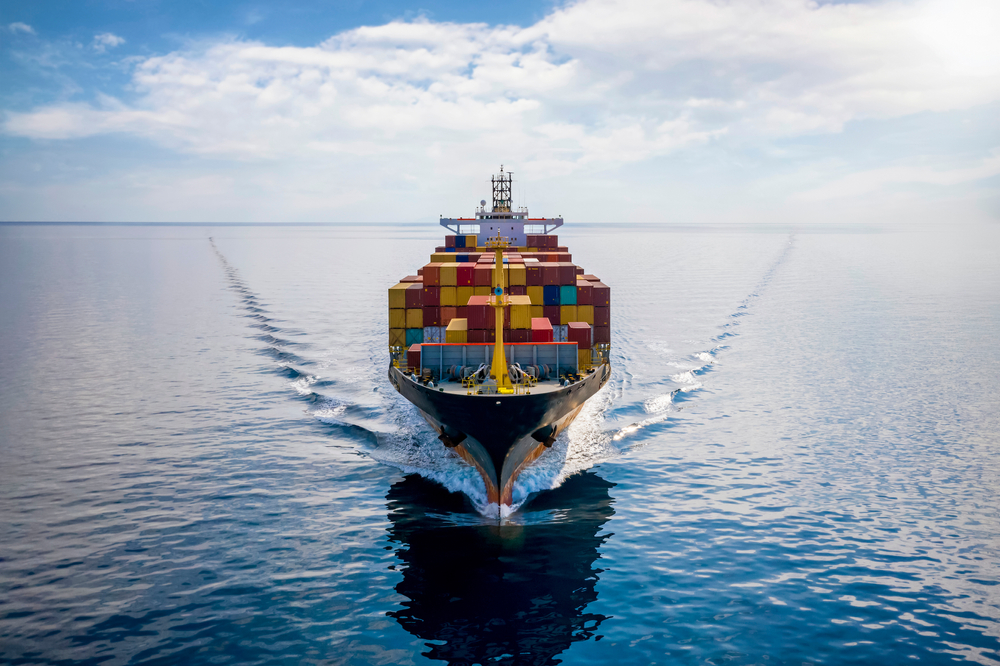
There is a broad amount of processes, that you need to complete when importing goods to the UK. Of course, depending on where your goods are imported from, you may be faced with varying requirements in order to export.
As rules may vary depending on the area, we thought it would be best to keep this guide specific to importing into the UK, and what the UK requires for a smooth and hassle-free import of goods.
Without any further ado, here is a comprehensive guide for importers, in 11 simple steps.
Step 1. Have you had your business cleared to import goods?
Understandably, you’re not going to be able to legally import goods into the UK without the permission of the relevant authorities. As such, you require a EORI number that begins with ‘GB’.
A EORI number, known as an ‘Economic Operator’s Registration and Identification number’ is required for businesses under certain circumstances. You can easily find out if you need to get one by clicking this link
Step 2. Understand if the goods you want can be exported
Depending on where you are exporting from, the business you are obtaining the goods from may need to make an export declaration in their country, and/or obtain relevant certification to be able to send goods to the UK.
Step 3. Do the goods need a licence to import them?
If you are importing any of the following goods, you may require specific certification or licences. The goods are as follows…
- High risk food
- Animals
- Animal products
- Controlled drugs
- Human medicine
- Veterinary medicines
- Waste
- Weapons and goods that could be used for torture, or capital punishment
- Guns, knives, swords, and other weapons
- Nuclear Material
- Products containing ‘F gas’
- Precursor chemicals
- Hazardous Chemicals
- Tissues and cells for human application
The aforementioned list was obtained from the UK government website, please note that this list may remove, or add further goods that require licences as time goes on. Don’t neglect to check before moving forward.
Step 4. How will it be transported? Will you do the customs declaration?
This is a key factor in your importing, because without an importer, or someone to declare your import to customs, you won’t have the capability to get your goods onto UK seas, never mind the soil.
That’s where logistics services, such as Radius Warehouse and Logistics Services,come and take the hassle of transportation and customs declaration out of your hands. One of the many benefits of procuring our services is that you will have customs clearance at all major UK seaports.
Step 5. Find the commodity code
Your import declaration requires something called a commodity code. As someone who is importing goods in the UK, the commodity code is used to determine the rate of duty you are obligated to pay, and if you need an import licence.
Your import declaration also asks you to work out the value of your goods, which also contributes to calculating how much duty, and VAT you owe.
As we at Radius Warehouse and Logistics Services cover customs and transport, we should be able to help you find the correct commodity code.
Step 6. See if you can pay less, or no duty
If the country you are importing from already has a trade agreement with the UK, this means you may have to pay less, or possibly no duty whatsoever. If not, a reduction of duty tax is possible depending on what it is you’ve imported, and what you want to do with them.
When it comes to paying duty, you may have an option to delay the customs declaration. This involves creating a DDA or ‘Duty Delay Account’. The benefit of this is that it allows you to defer payments into monthly amounts, and pay in instalments, rather than on a consignment-to-consignment basis.
This can be especially helpful if you’re just starting your importing business.
Step 7. Check rules regarding labelling, marketing, and marking
When it comes to importing manufactured goods, plant seeds, and food to the UK, you must make sure their labelling, marketing, and markings are compliant with the rules highlighted by the UK government.
You can find the list of requirements for these three factors here.
Step 8. Passing customs
Revisiting step 4, if you are the client of a service such as Radius Warehouse and Logistic Services, they will make the declaration for your goods, which will allow them to legally be on UK soil.
Alternatively, if you’re going to do it yourself, you can click here for official guidance.
Step 9. Claim VAT refund
If you are VAT registered, you are able to claim a refund on the value added tax that you paid for the imported goods. This requires an Import VAT Certificate (C79).
Step 10. Refunds on customs duty
If it turns out you’ve overpaid your customs duty, or VAT, or even if you have rejected the goods upon arrival due to extensive damage or contamination etc. You can claim a refund, or ask for the payment to be waived.
It is always good and responsible practice to always check to see if you have accidentally paid too little import VAT or customs duty. Rectifying this will save you potential issues down the line.
Step 11. Keep your records
Your commercial invoices, paperwork from customs, your C79 VAT certificate, and any other relevant paperwork must be kept to prove your legitimacy if it is ever under investigation. This includes who has purchased your imports. Though this is required more so for controlled goods such as weapons, nuclear material, etc.
There you have it, a comprehensive, concise, and hopefully easy to follow list for anyone struggling to know where to start when it comes to exporting goods to the UK.
Keep abreast of laws, trade deals and agreements that may come into place which could affect your import. Stay updated via the government gateway.
Obtain a quote for sea freight today
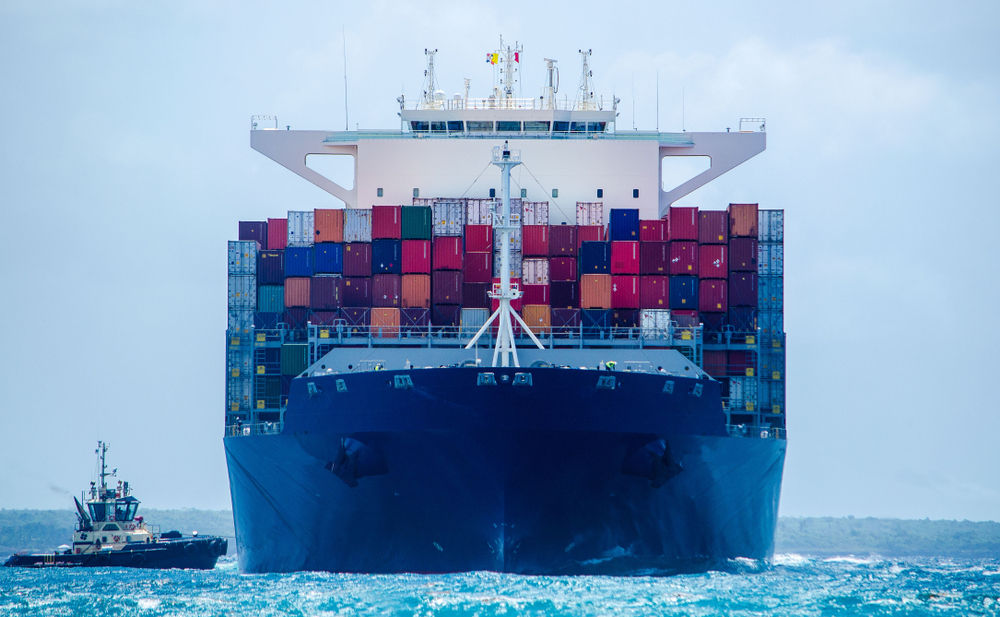
We at Radius Warehouse and Logistics Services encourage you to get in contact with us to see how our services can benefit you. Alternatively, you can get a quote from us directly.
We hope that our blog highlighted the key elements you need to know for how to navigate sea freight, through our comprehensive guide for importers.
With over 20 years of experience as an independent freight forwarder, you can expect quality service from us. In addition to being a member of BIFA, and trading under the standard trading terms of BIFA, We are also staffed by a dedicated core of enthusiastic and efficient professionals.
Our staff’s many years of experience in this industry welcomes your enquiries and hope you can join our loyal and superb client base.
